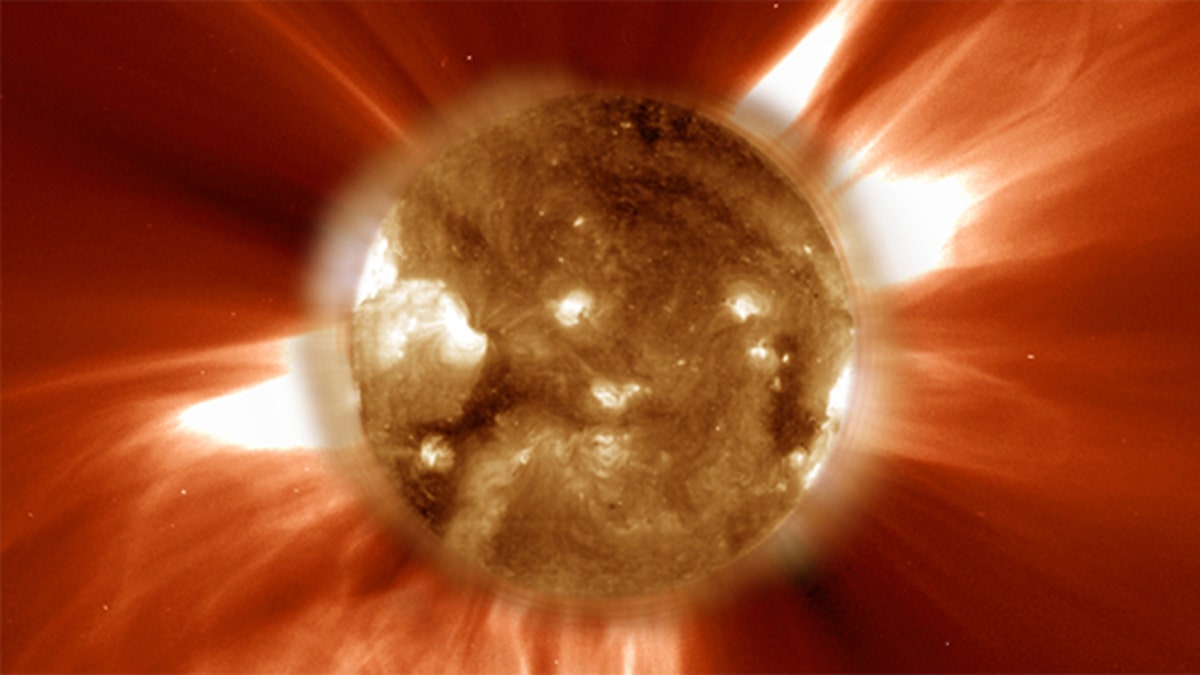
The sun is on the fritz and it could have a devastating impact on the Earth. (NASA)
With a peak in the cycle of solar flares approaching, US electricity regulators are weighing their options for protecting the nation's grid from the sun's eruptions -- including new equipment standards and retrofits -- while keeping a lid on the cost.
They are studying the impact of historic sunstorms as far back as 1859 to see if the system needs an upgrade, and encountering a clash of views on how serious the threat is and what should be done about it.
Among the events they are examining is the Canadian power outage of 1989. On March 13 of that year, five major electricity transmission lines in Quebec went on the fritz. Less than two minutes later, much of the province was in the dark.
The cause: A storm of charged particles from the sun had showered Earth, damaging electrical gear as far away as New Jersey and bringing displays of the aurora borealis, or northern lights, as far south as Texas and Florida.
The sun is expected to hit a peak eruption period in 2013, and while superstorms do not always occur in peak periods, some warn of a disaster.
John Kappenman, a consultant and former power engineer who has spent decades researching the storms, says the modern power grid is not hardened for the worst nature has to offer.
He says an extreme storm could cause blackouts lasting weeks or months, leaving major cities temporarily uninhabitable and taking a massive economic toll.
"This is arguably the largest natural disaster scenario that the nation could face," said Kappenman.
Kappenman has consulted for companies that make equipment to harden the grid.
Others are more cautious in their predictions. "We need to carry out more detailed and more rigorous analysis before we know for sure," said Antti Pulkkinen, a physicist with NASA, who is using supercomputers to build models of potential future solar storms based on data that have accumulated for decades.
Most in the industry say that they do not think the consequences would be so severe but that a lesser event is conceivable and worth preparing for.
